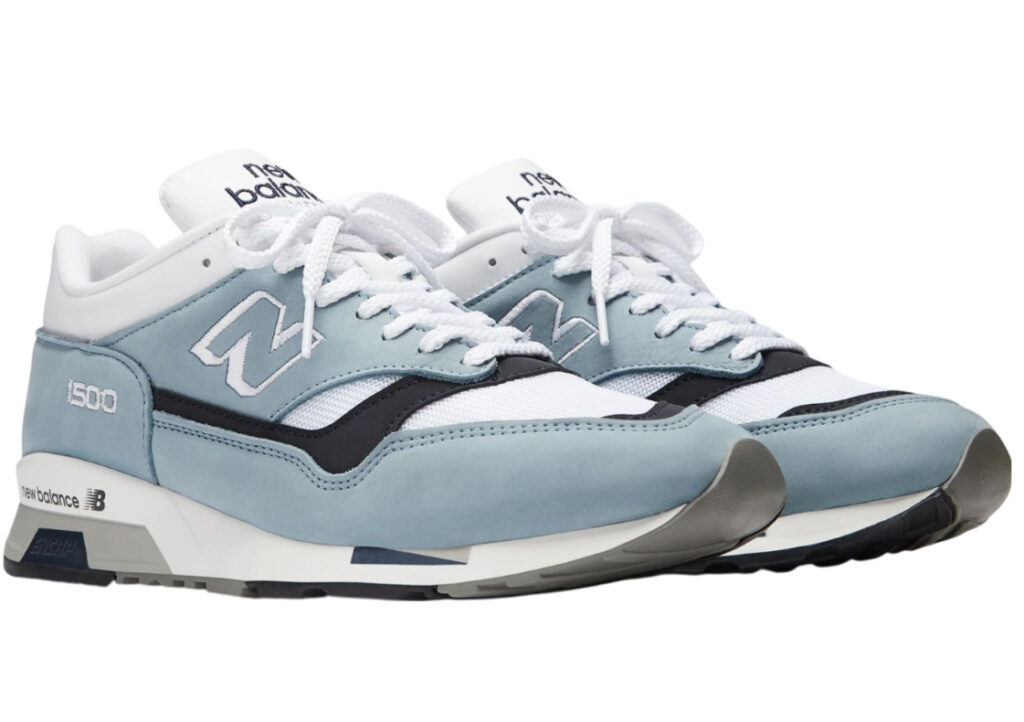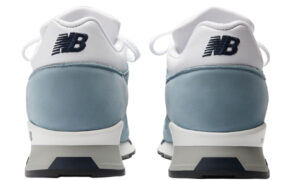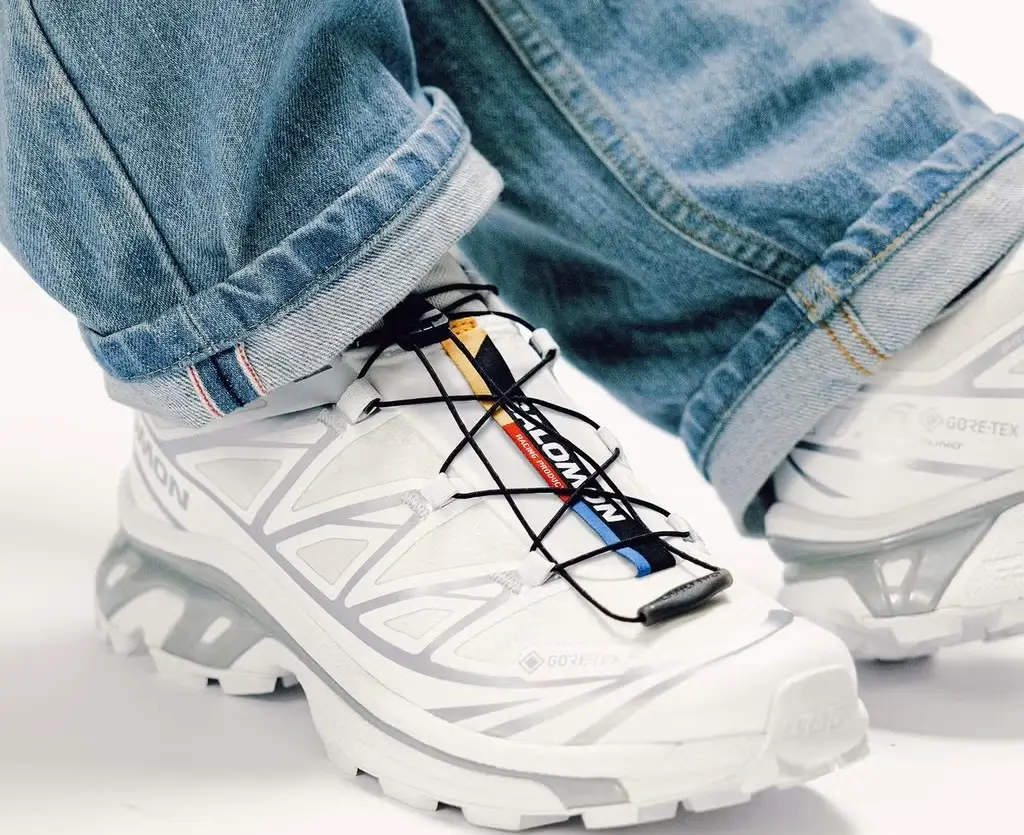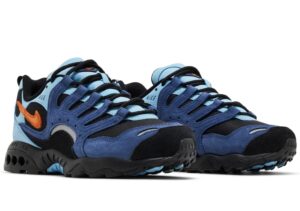In a footwear landscape increasingly saturated with aggressive reinventions and maximalist silhouettes, the New Balance 1500 stands apart—not because it shouts louder, but because it never had to. Introduced in 1989 as part of New Balance’s revered 1000 series, the 1500 wasn’t designed to chase trends or compete with Nike’s air-soaked dominance. It was designed with clarity of purpose: precision engineering, understated design, and performance excellence. Yet over time, it evolved into something more—a quiet giant in sneaker culture, a symbol of refined taste, and a permanent fixture in the canon of global streetwear.
Today, over three decades after its initial debut, the New Balance 1500 continues to influence both design and identity across footwear culture. It doesn’t beg for attention—it earns it. This editorial explores the legacy, cultural relevance, and modern resonance of the New Balance 1500, with a focus on its most recent “Iconic Influences” release, a tribute to the silhouette’s lineage and its global devotion.
Precision Born in Flimby
Every story of the 1500 starts with a location: Flimby, Cumbria. Nestled in northwest England, Flimby is home to New Balance’s celebrated UK manufacturing facility—one of the few major footwear brands still producing footwear domestically. The 1500 is a flagship product of the Made in UK line, which doesn’t merely suggest quality, but insists upon it. The shoemaking process is analog and meticulous. Trained craftspeople, some of whom have worked at the factory for decades, assemble each shoe with a level of attention rare in mass-market footwear.
This commitment to craftsmanship was core to designer Steven Smith’s vision. Known as the “Godfather of Dad Shoes” and the mind behind multiple New Balance icons, Smith created the 1500 with a revolutionary slanted ENCAP midsole and a sleeker, performance-oriented silhouette. Compared to its chunkier predecessors, the 1500 introduced an aerodynamic sensibility without sacrificing the brand’s ergonomic DNA. It was a runner first—but its longevity has more to do with style than speed.
From Pavement to Pavement Runway
In its earliest days, the 1500 earned a cult following among runners who valued its stability and arch support. But the model soon found its way into urban wardrobes across the UK, Japan, and later, the U.S. What helped catapult the 1500 into icon status wasn’t a celebrity co-sign or a flashy collaboration—it was subculture.
In London and Manchester, the shoe became a staple among terrace casuals, the style-obsessed football fans who prized clean trainers and technical outerwear. In Tokyo, the 1500 became associated with the Ura-Harajuku movement, a streetwear renaissance where American and British design collided with Japanese minimalism. In Paris and Berlin, creative circles adopted the 1500 as a form of silent rebellion—haute shoes without logos, design without ego.
The 1500 spoke volumes through its restraint. Grey suede and mesh became shorthand for good taste. Muted navy and burgundy iterations offered a rare kind of versatility—equally at home beneath cuffed denim or tailored wool trousers. In a world of hype, the 1500 whispered.
The “Iconic Influences” Release: Looking Back to Move Forward
This season, New Balance has released a new “Iconic Influences” edition of the 1500, a subtle but striking homage to the model’s three-decade history. Rather than attempt a modern overhaul, the release reaffirms everything that makes the 1500 timeless. Crafted once again at the Flimby factory, the shoe features premium pigskin suede, breathable mesh panels, and classic color blocking in hues that nod to past triumphs—earthy taupes, steely greys, deep navy.
The midsole remains ENCAP-cushioned, offering reliable support and all-day comfort. It’s not a revolution, but a reminder: evolution doesn’t always mean change. Sometimes it means refinement.
What makes the “Iconic Influences” drop so resonant isn’t just its materials or silhouette—it’s the message. In an era when sneaker releases chase virality, this shoe stands its ground. No gimmicks. No AI-generated storytelling. Just quality, legacy, and lived-in history.
Global Reverence and Cultural Continuity
Today, the 1500 enjoys a renewed wave of appreciation, not just among sneaker veterans but among a new generation of style seekers tired of trend-chasing. It’s featured in curated wardrobes, editorial lookbooks, and designer collaborations. But even when filtered through contemporary aesthetics, the 1500 retains its foundational values.
Collaborations with retailers like Hanon, Sneakersnstuff, and Patta have furthered its mythology. In these partnerships, the 1500 becomes a canvas for regional identity—burnt oranges evoking Scottish landscapes, tonal greens referencing Amsterdam parks, icy blues inspired by Stockholm winters.
But no matter the colorway, what the 1500 offers is continuity. It doesn’t require reinvention. It requires care.
Why It Endures
In a culture obsessed with newness, the New Balance 1500 provides something rare: dependability. It isn’t nostalgic in the retro-sneaker sense. It isn’t clunky enough to be ironic. It sits in the middle—a design that has never gone out of style because it never tried to be fashionable in the first place.
There’s power in that. In an industry racing to create the next big silhouette, the 1500 simply exists—stoic, supportive, elegant. And in doing so, it cultivates deeper loyalty than any headline-grabbing drop ever could.
Impression
The New Balance 1500 is not a sneaker you chase. It’s a shoe that walks beside you. Through time. Through trends. Through cities and seasons and phases of taste. It is the rare object that elevates itself by staying exactly the same.
The “Iconic Influences” release doesn’t attempt to rewrite the 1500’s story. It simply reasserts it—quietly, gracefully, and with the confidence that only legacy allows.
In the end, the 1500 isn’t about nostalgia. It’s about clarity. It’s about knowing who you are and stepping into it—one Made in UK pair at a time.
No comments yet.









